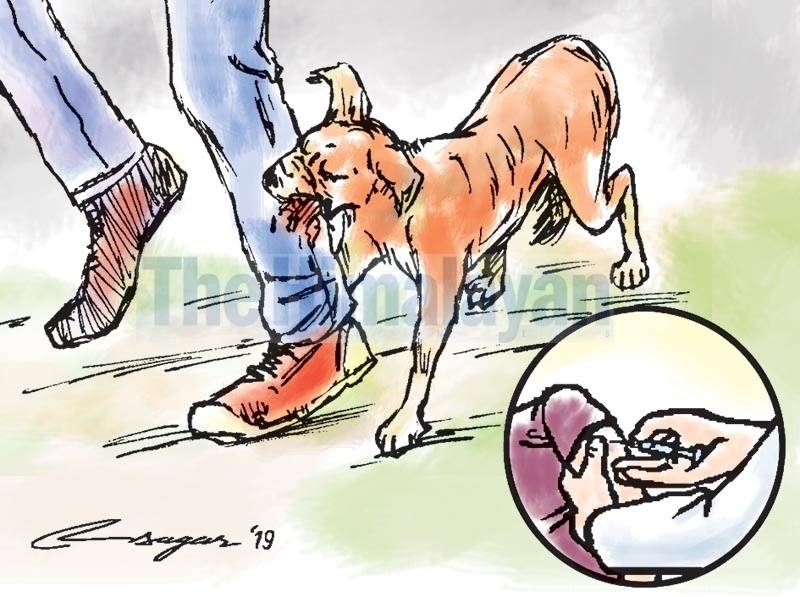Each year on 28 September, World Rabies Day reminds us of a sobering truth: rabies is one of the most fatal diseases, yet it is 100% preventable. The 2025 theme, “ACT NOW: YOU, ME, COMMUNITY,” emphasizes that eliminating rabies is a shared responsibility. Despite the availability of safe and effective preventive tools, rabies still claims an estimated 59000 lives globally every year, disproportionately affecting children and underserved communities, especially in rural areas.
Globally, dogs are responsible for 99% of human rabies cases. The disease remains endemic in most countries of the WHO South-East Asia Region (SEAR), which alone accounts for more than half of the global rabies burden. Rabies is a “master of invisibility” since no diagnostic test can detect the virus before it reaches the central nervous system. Timely wound care and post-exposure prophylaxis (PEP) can save lives, but once symptoms appear, rabies is always fatal. The path to prevention lies in urgent, coordinated and sustained, action.
Situation in Nepal
Nepal continues to face a significant rabies burden. While official data reports 10–15 human deaths linked to rabies each year -a figure that has remained unchanged since 2019 – national estimates suggest up to 100 human and 500 animal deaths annually, with 96% linked to dog bites. Alarmingly, reported animal bite cases have surged from 35,250 in 2019 to over 210,000 in 2024, reflecting increased human-animal conflict. Children account for nearly 40% of bite victims, and the Terai region remains the highest-risk area.
Despite rabies being a notifiable disease, underreporting remains common due to weak surveillance, and limited intersectoral coordination. Challenges persist in ensuring access to PEP, improving diagnostics, and expanding dog vaccination and population management which continue to hinder progress toward Rabies elimination. On a positive note, Nepal provides free anti-rabies vaccines (ARV) and rabies immunoglobulin through public health facilities, and health workers are regularly trained under national guidelines.
Time for Action
Nepal is at a critical juncture in its fight against rabies. To achieve the global goal of zero human deaths from dog mediated rabies by 2030, the country must strengthen its One Health approach – integrating human, animal, environmental health with strong local governance and political commitment. Expanding dog vaccination coverage to at least 70%, adopting sustainable dog population management, and improving surveillance through Integrated Bite Case Management (IBCM) are critical to breaking the transmission cycle. Timely access to PEP, and community awareness for Rabies prevention are also key to saving lives.
The dissemination of Nepal’s endorsed National Rabies Elimination Strategy and Action Plan (2025-2030) will be pivotal in guiding efforts, mobilizing resources, and ensuring accountability.
WHO Nepal remains committed to supporting the national program through policy guidance, capacity-building, and coordinated prevention efforts with the Ministry of Health and Population, the Ministry of Agriculture and Livestock Development, and other partners.
A Shared Responsibility
World Rabies Day 2025 is a powerful reminder: no one should die from rabies. Together, under the One Health Approach, we can achieve our shared goal: Zero human deaths from dog-mediated rabies by 2030.
If each of us-you, me, and our community-we can ac with urgency and solidarity to protect future generations and move closer to a rabies-free Nepal.








